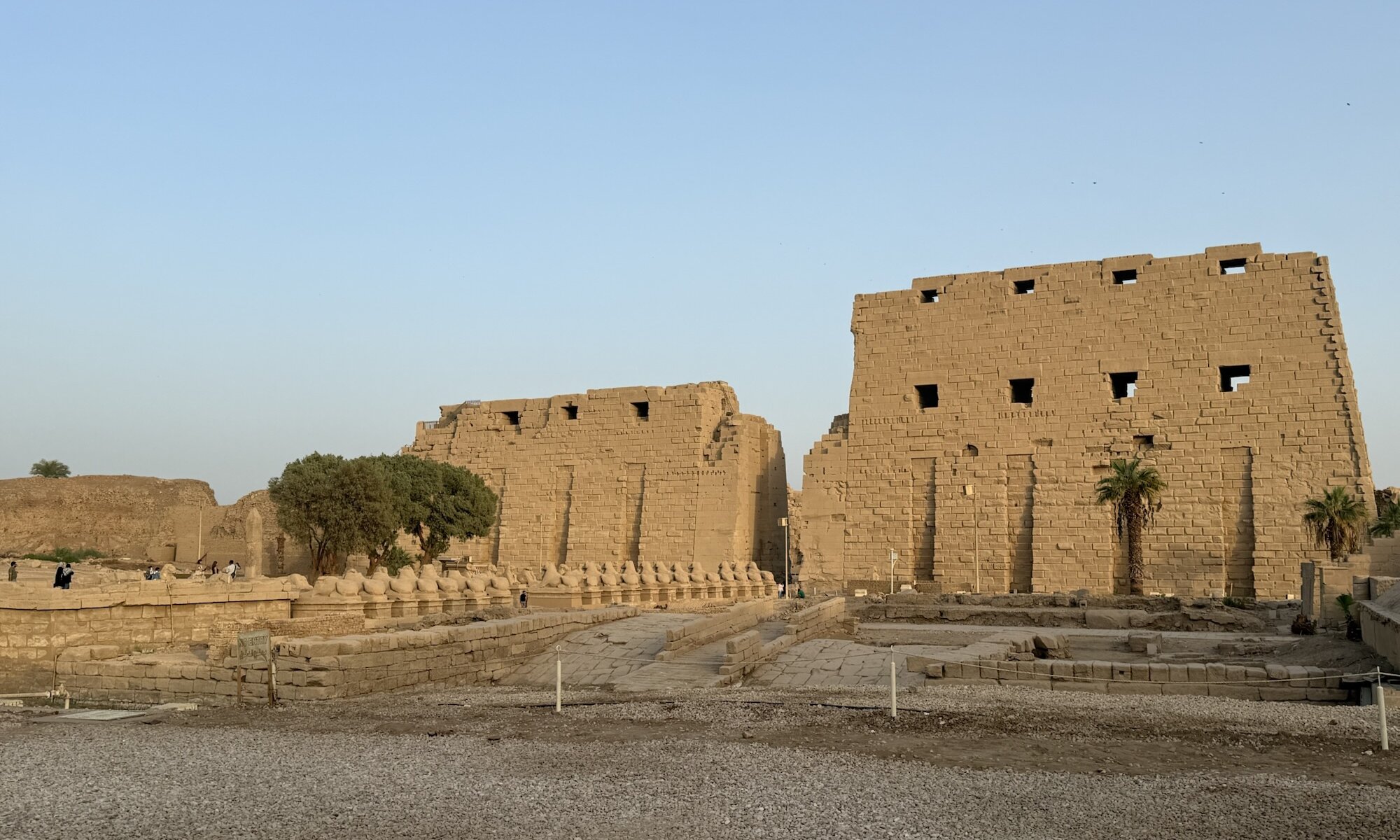The Temple of Karnak, located on the east bank of the Nile in modern-day الأقصر, stands as one of the most extraordinary and extensive religious complexes in the ancient world. Its construction began around 1971 BCE during the reign of Senusret I in the Middle Kingdom and continued for approximately one and a half millennia through the contributions of about thirty successive pharaohs. Originally modest in scale, Karnak expanded to become a sprawling sacred site dedicated predominantly to the god Amun-Re, along with precincts honouring the gods Mut and Montu. This temple was not only a religious centre but a vibrant estate, housing priests and craftsmen who maintained its grandeur, making it a vital hub of worship and royal power in ancient Egypt.
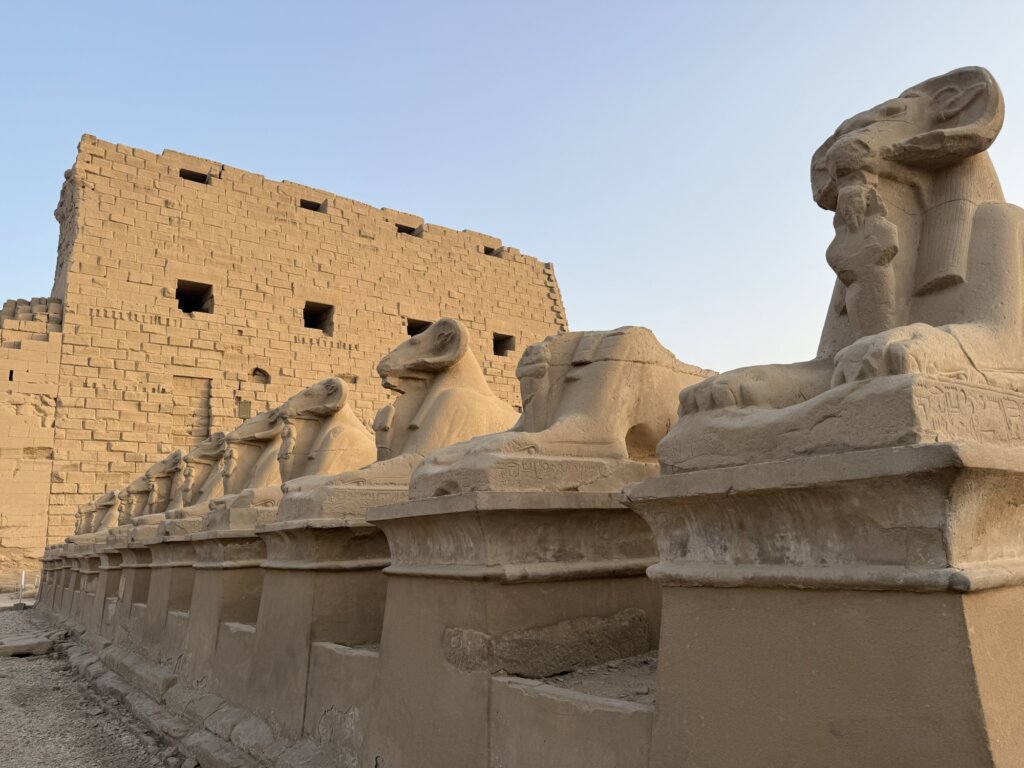
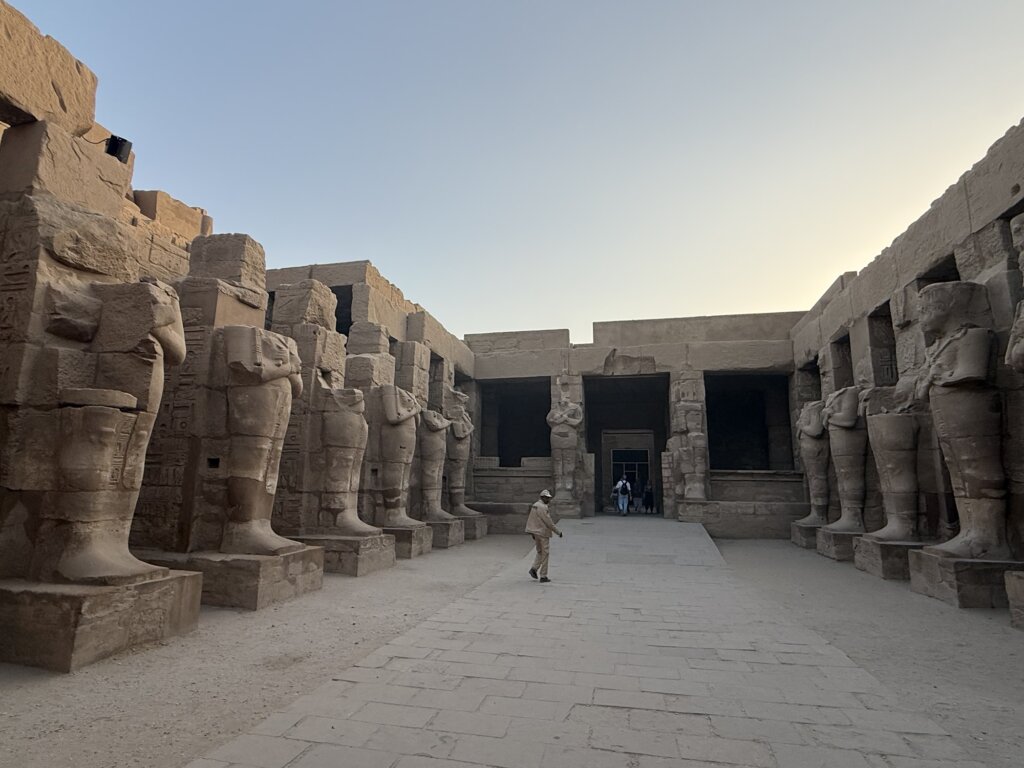

What sets Karnak apart is its colossal scale and the layered complexity of its architecture. The complex extends over 100 hectares, covering more area than many ancient cities. Its most iconic feature is the Great Hypostyle Hall, a vast space filled with 134 towering columns arranged in sixteen rows, whose intricately carved capitals resemble open and closed lotus flowers, emblematic of Upper and Lower Egypt. Visitors are also greeted by massive pylons, monumental gateways embellished with hieroglyphs and reliefs, alongside obelisks including the famous one erected by the female pharaoh Hatshepsut, which remains one of the tallest standing obelisks in Egypt. The temple’s layout symbolises the journey to the divine, progressing through courtyards, halls, and sanctuaries aligned with celestial significance.



Today, the Temple of Karnak offers visitors a remarkable glimpse into ancient Egyptian religious life and architectural prowess. Essential highlights include the Avenue of Rams, lined with the statues of ram-headed sphinxes, which once connected Karnak to the nearby Luxor Temple, evoking the grandeur of processional routes from antiquity. The temple precincts exhibit colossal statues of pharaohs such as Ramses II, whose imposing statues and reliefs dominate the site, alongside chapels, sacred lakes, and ritual spaces that tell stories of divine rituals and royal ceremonies. One of the enduring fascinations is the sheer size of the remaining structures, which inspire awe and reflect the pharaohs’ power and devotion.
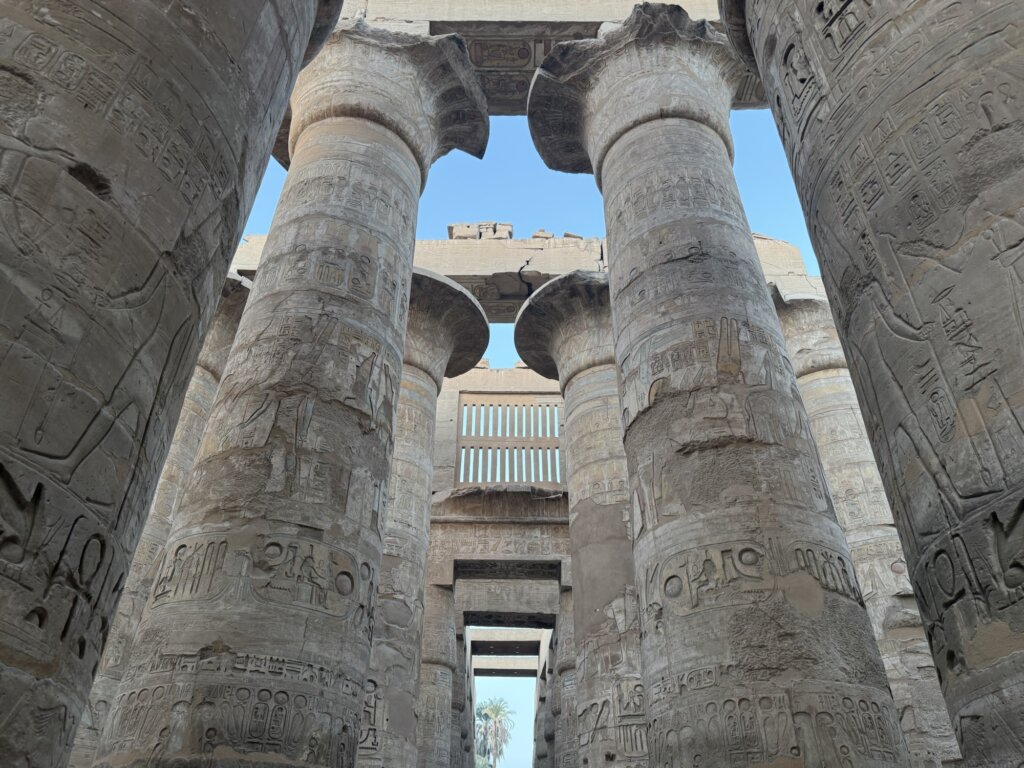
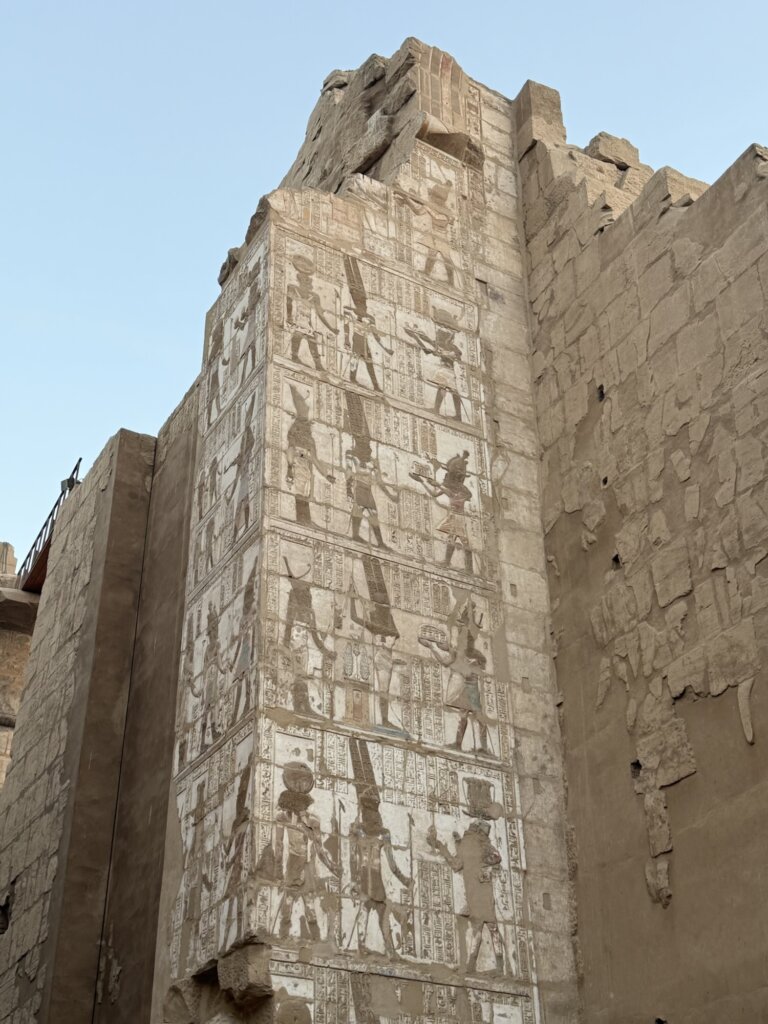

Visiting Karnak is a profound experience for those interested in history and archaeology. The vast open-air museum allows for exploration of the ancient stone carvings, statues, and paintings, each detailing religious myths, dynastic achievements, and ritual practices. The site’s ongoing archaeological work means new discoveries occasionally add depth to the understanding of this sacred city. Walking through Karnak today, one can almost sense the religious fervour and earthly power that defined its long history, making it an essential destination for appreciating the splendour of ancient Egypt’s spiritual and architectural heritage.
Temple of Karnak
الأقصر
Egypt
Loading map...


